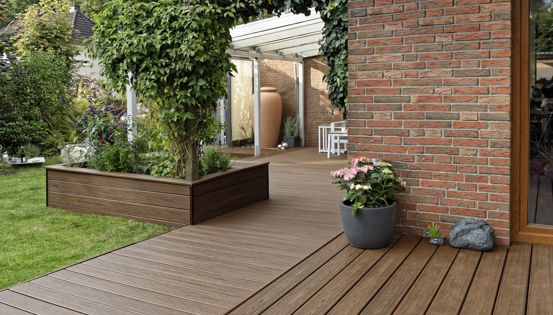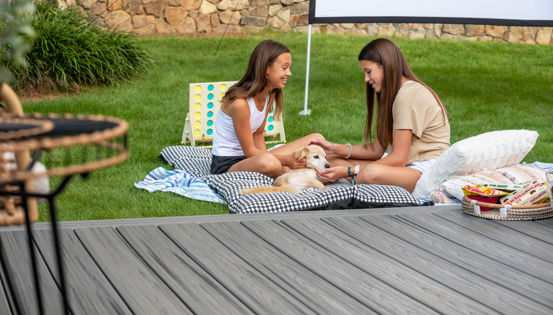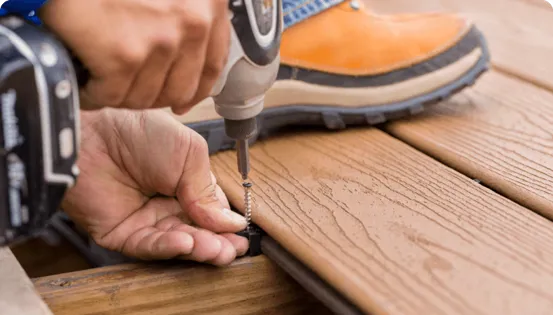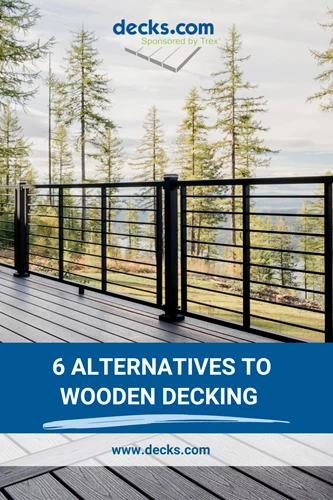
While wood decking was previously considered the standard material for building a deck, that’s changed. Homeowners have been exploring and embracing different types of materials, and the availability of alternative decking materials has grown significantly.
Because there is now a wider range of deck surface alternatives, homeowners have a little more homework to do when it comes to exploring the advantages and disadvantages to consider before deciding upon a decking material. Determining the best alternative to wooden decking requires you to evaluate upfront costs, maintenance requirements, longevity considerations, and more.
1. Composite Decking
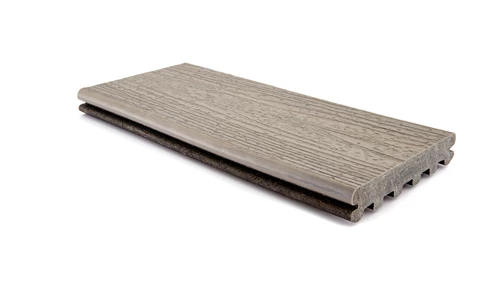
Composite decking is a mixture of plastic and wood. Composites can closely resemble wood, or take advantage of a wide range of color and customization options -- but there are many differences between composite and wood decking consumers should know.
The upfront cost of installing composite decking ranges between $30-$60 per square foot, making it appear to be a more initially expensive alternative to wood decking. Yet, the low maintenance requirements of the composite can balance those costs and save you more money and time over the long haul.
Pros
- Excellent Durability
- Utilizes recycled materials
- Low maintenance
- Stain-resistant
- Long warranty
Cons
- Bowing or sagging may occur if installed incorrectly
- Higher upfront cost than wood
- Can’t be painted
- Some brands are better at imitating wood than others
2. PVC Decking
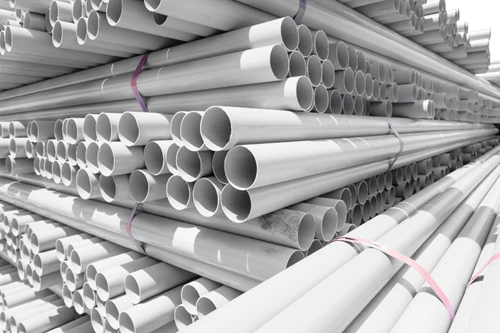
People sometimes incorrectly consider polyvinyl chloride (PVC) and composite to be interchangeable, but PVC decking is entirely made from synthetic thermoplastic. It’s exceptionally resistant to some of the minor scratches and dents that more easily accumulate on other materials. The fact that this material is easy to recycle also makes it rather inexpensive. The average cost per square foot for PVC is between $5-$13.
Pros
- Won’t rot, rust, or fall prey to infestation
- Durable and easy to install
- Plenty of color and style options
Cons
- Direct sun exposure can lead to fading
- Can become brittle over time if used in areas with cold weather seasons or temperature fluctuations
- Doesn’t last as long as wood
- Will bow or warp with age
3. Aluminum Decking
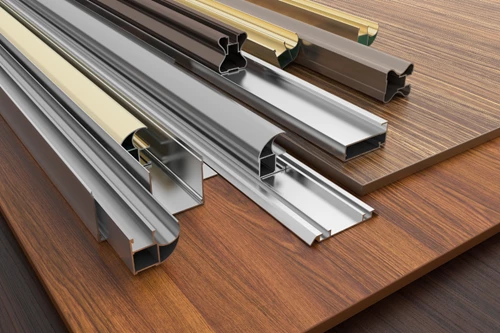
Aluminum decking is one of the less-common alternative timber decking options -- but it’s still an excellent option to consider. It’s usually made from recycled aluminum, finished or colored, then given a protective coating to prevent water damage. And, as a fully recyclable material, the average price of aluminum decking is around $15-$35 per square foot.
Pros
- Immune to rot, rust, mold, and other infestations
- Requires minimal maintenance
- Long-lasting
Cons
- Aluminum surfaces can be noisy unless you pay for special high grade-materials treated to reduce noise
- Can be more challenging to locate local aluminum decking sales options
- Not a passable imitation for wood; comparably fewer style options
- Can be more difficult to install than wood decking
4. Bamboo Decking
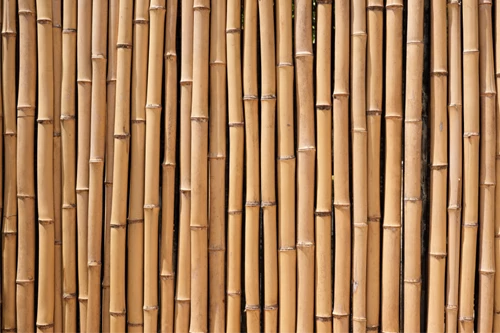
Bamboo is a type of hardened grass, but it’s similar to wood in many respects. As such, bamboo tends to perform well under the same conditions as wood. Woven bamboo fibers are stronger than non-woven, which can have implications on the longevity of a deck. It requires similar maintenance to wood and can last about as long when maintained properly. Where it’s available, the average cost per square foot for bamboo decking runs between $9-$11.
Pros
- Resilient, lightweight, durable; easy to work with
- Minimal expansion and contraction of the material in extreme weather
- Natural beauty that is similar to wood
Cons
- Shares wood’s vulnerabilities to mold, mildew, rot
- Appearance fades over time, similar to wood
- Requires regular maintenance, sealing, staining, etc.
5. Rubber Paver Tiles
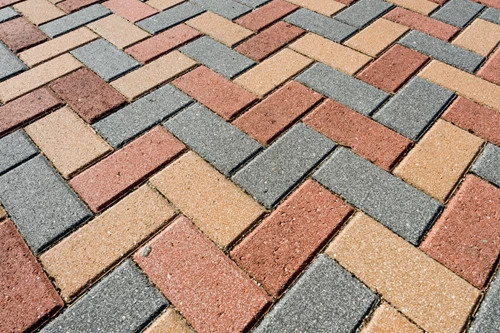
Rubber pavers are made from high-density rubber with a special micro-porous surface – not too dissimilar from the material used in automobile tires. Pavers are virtually invulnerable to water issues, mold, and stains. Rubber paver tiles have many distinct advantages with an average cost of around $3-$5 per square foot.
Pros
- Water-resistant, remarkably durable
- Not slippery while wet
- Elasticity of the material makes it comfortable underfoot
- Interlocking design that’s easy to install
Cons
- Many solvents are inappropriate for cleaning rubber
- The ground may need to be trimmed or leveled before installation, or unevenness can occur
6. Interlocking Deck Tiles
Interlocking deck tiles can be made of several kinds of materials, ranging from wood to stone. Large deck tiles are similar to building a giant puzzle, which also makes it easy to redo an existing surface. However, convenience comes at a cost: the average cost per square foot ranges between $17-$50. The average for non-wood deck tiles hovers is around $35 per square foot.
Pros
- Makes use of the natural beauty of wood, stone, or other materials
- Numerous ways to customize and personalize tile patterns, easy to install
- Simple to replace damaged tiles
- Can be used to cover existing decking
Cons
- Can be considerably more expensive than most alternatives to wooden decking
- If you’re not replacing existing decking, it might be necessary to establish a foundation
If you’re thinking about exploring options for deck materials beyond wood, there are quite a few that are available to you. Weigh the pros and cons of each material and do your research to find which one is right for you.


